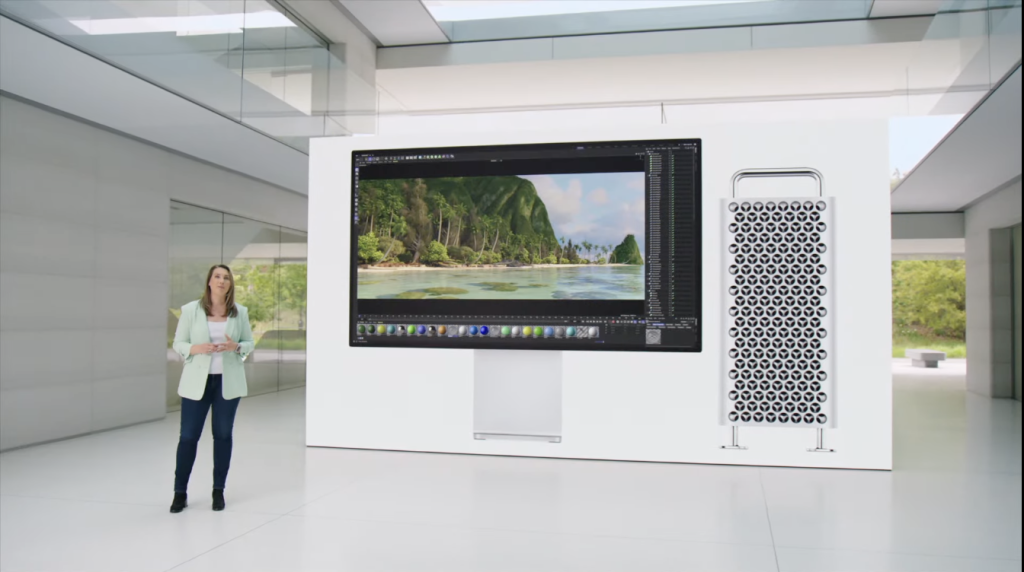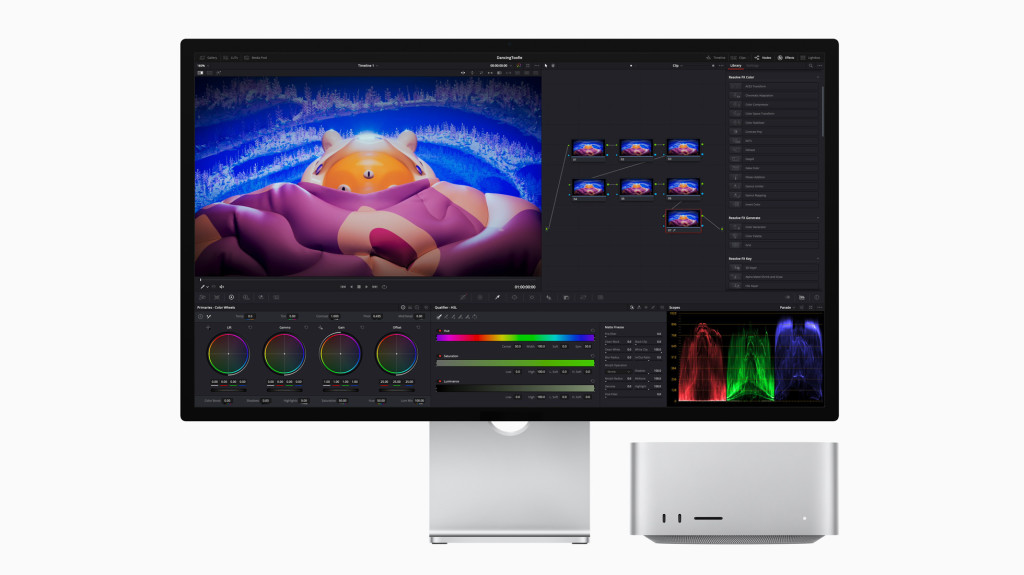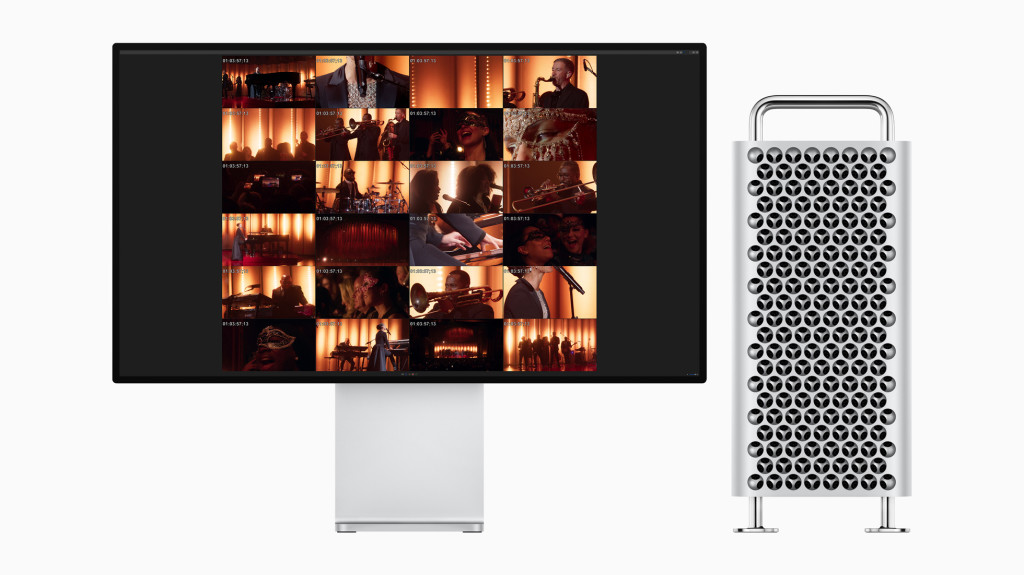And just like that, we get the completed Apple Silicon picture from Apple. For anyone skeptical about whether there would be a high-end component to this lineup, doubt no more: the top-of-range M2s are now in the $1999-and-up Mac Studio and the pricey-but-expandable Mac Pro tower. That includes the just-announced, beefier M2 Ultra.

I’ll update this story as Apple makes assets available. But notably, Apple mentions both high-end colorists and Logic Pro studio users in the talk – including Skywalker Sound’s use of the Mac Pro (and, cough, PCI expansion slots).
Unshackling this machine from Intel is obviously necessary to Apple’s value proposition. And if either of these is too expensive, honestly the 15″ MacBook Air they just dropped is a killer live sound and even visual production machine for $1299 and up.
Now, for the visual side of things, if only Apple would get rid of that orange dot. Clearly, there are also still some 3D and visual workflows that want NVIDIA GPUs and other options. For sound and music, though, it’s getting increasingly tough to compete with these quiet, cool, power-sipping, fast Apple Silicon-based machines.
Here’s a quick look:

Mac Studio: M2 Max, M2 Ultra
Apple claims performance that’s up to 50% faster than the previous Mac Studio even with the Max version, and 4X faster than the top-of-range Intel-based 27″ iMac.
- 12-core CPU
- up to 38-core GPU
- up to 96GB unified memory, 400GB/s memory bandwidth
- higher-bandwidth HDMI for 8K resolution, up to six Pro Display XDRs (and I think similarly expanded I/O for other displays, too)
- Bluetooth 5.3
- WiFi 6E
— plus all the connectivity that made the Mac Studio a hit for desktop users, like 4x Thunderbolt 4, SD card on the front, two USB-C ports on the front, 10Gb Ethernet, etc.

Mac Pro
Here’s the new flagship, and it’s … impressive.
- 24-core CPU
- up to 64-core GPU
- up to 192GB memory with 800GB/s unified memory
- seven (!) PCIe expansion slots, with six open slots supporting gen 4 PCIe
- 8 built-in Thunderbolt 4 ports
- Up to six Pro Display XDRs
- Bluetooth 5.3
- WiFi 6E
That’s a big return to form, as Apple calls out both DSP cards for sound and SDI for cameras and monitors.
For most users, the MacBook range are going to be the best buy – since you have a machine you can use anywhere, and the shared architecture still provides a ton of power. But for particular studio and production setups, or anyone mainly on a desk, these do fill key niches.
And while the Mac Pro looks pricey, if it lives up to Apple’s performance promises, it actually looks fairly affordable. That is, this is a fairly low price point for a workstation-class machine, if those pros embrace it.
And a lot of that performance is in the unit before you fill those PCIe slots. Apple says the Mac Pro internally can best some seven Afterburner cards on the video side. (To measure it another way, you can ingest 24 4K camera feeds and encode them at once, meaning this also competes with a lot of high-end dedicated video hardware – all natively on the Mac.)
The Mac Pro and Mac Studio share a media engine – with Apple claiming both can play 22 streams of 8K ProRes video all at once.
I expect most people will mix this, but seeing more AAA games like Death Stranding coming to the Mac is also a big deal for live visual production. It means likely more love for game engines and real-time visuals on the Mac on one side – and it’s a very healthy sign for Metal as a platform, generally. But maybe that’s because I was watching Macworld live when Halo was announced as a … Mac exclusive. Oops. Wait, maybe I better not jinx this. (Hey, Bungie, bring the new Marathon to the Mac as an idea, huh?)
So, yeah, can the Mac Studio handle your Twitch stream? It can. Better buy more 8K cameras.
More:
Apple unveils new Mac Studio and brings Apple silicon to Mac Pro [Press release]
More on this story as it becomes available.